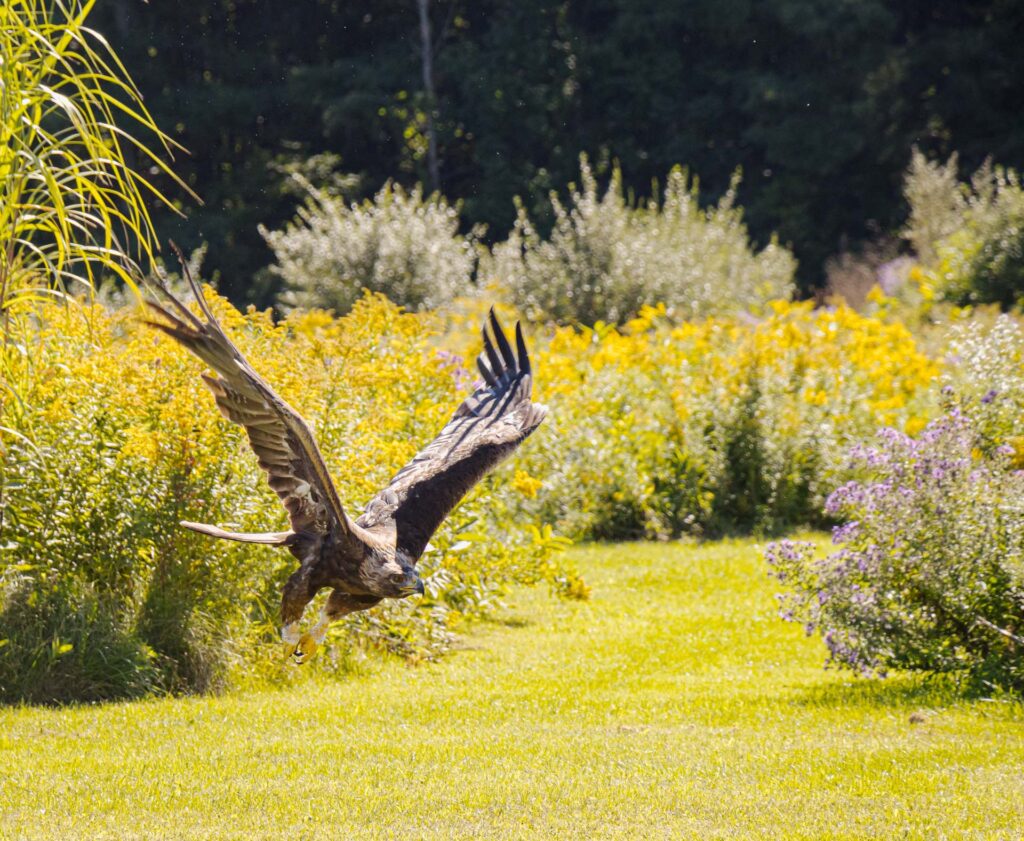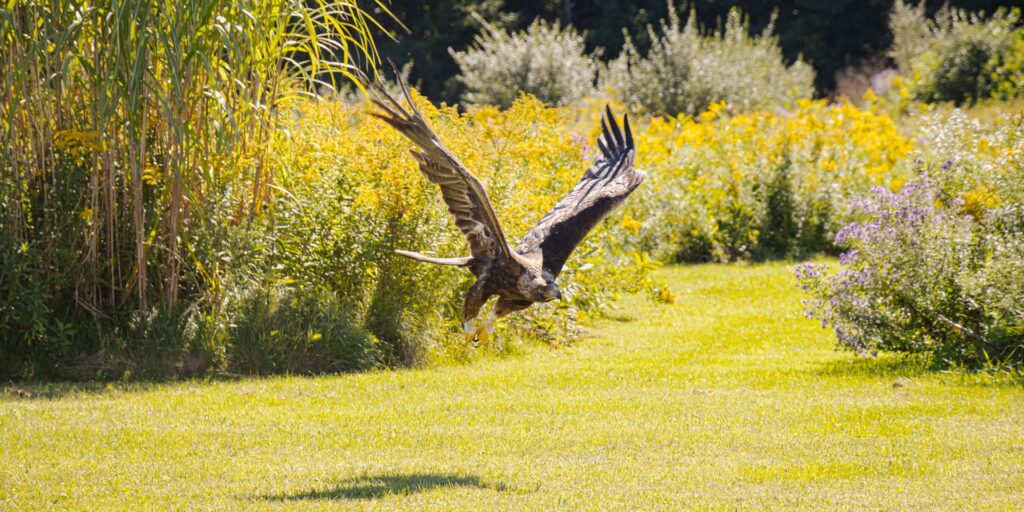The best photograph can be enhanced – or ruined – by the crop chosen in the edit. It’s a very important choice. The original crop may be perfect. But it may not. Most often, it can be improved.
Cropping lets photographers recompose their photos to suit circumstances. The classic example is that some social media channels favour vertical images over landscape, or vice versa. When considering print output for books or magazines, crop is even more important. Nobody wants to see a photograph where the print publisher cropped half of the image to fit the available space.
Above and beyone that, crop can change the mood of a photograph. A static scene becomes dynamic. You can add ‘pace’. Change the focal point. Zoom in or out. Make exciting creative choices ideal for making unusually shaped multi-print collages or wall art. A good crop can take a good photograph to new heights.
For Example
Take a look at these. Four different crops of the exact same image. Each one may be suitable for a specific, different, purpose. Square suits social media channels. Various long and narrow panoramic crops imply various degrees of freedom of flight, the mind goes to speed across land and power – also, what is this Eagle looking at? And I haven’t even included a vertical option. Yes, crop makes a huge difference to the final image.
Crop should be dictated primarily by intended destination. You do not want the print publisher doing your cropping for you, after all. With that done, the rest becomes personal choice. How tight to crop. Whether to frame your subject in the centre or to one side. Rule of thirds, maybe. All these and other considerations must be made. They are editing choices. And of course, your viewing audience may see things differently. Eye of the beholder, etc.. That, you have no control over.
But the crop itself? That you can control.




Prints and products for all images by request.
Photographer for hire for sessions, events, and private functions.
Subscribers get more. Get exclusive discounts and content delivered right to your Inbox.
